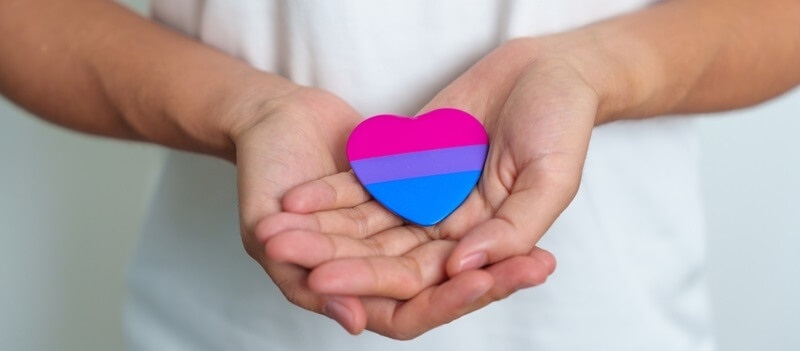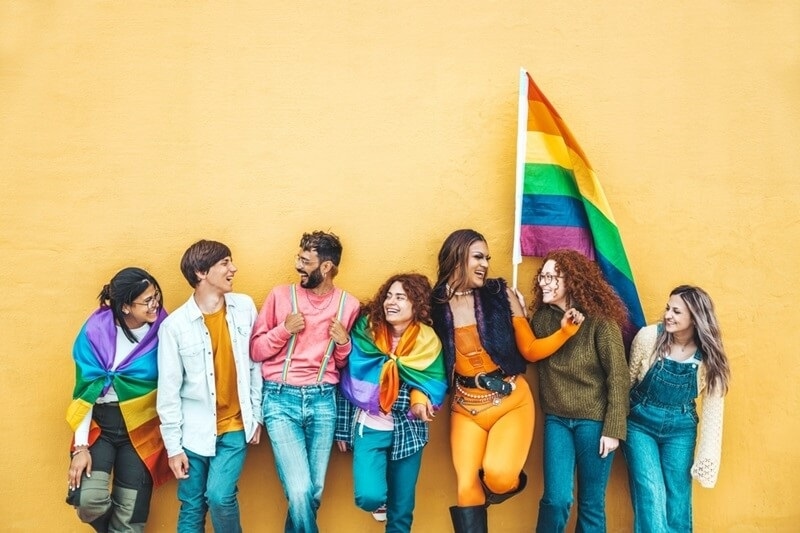Implementing LGBTQIA+ Inclusion Practices in Your Workplace

In today's progressive business landscape, the importance of LGBTQIA+ inclusion in the workplace extends far beyond the celebratory bounds of Pride Month. It's a year-round commitment to fostering an environment where every employee, regardless of their sexual orientation or gender identity, feels valued and respected.
The moral imperative for such inclusivity is clear, aligning with broader societal movements towards equality and justice. Beyond the ethical considerations, there's a compelling business case for inclusivity. Diverse and inclusive workplaces are shown to be more innovative, productive, and successful, making LGBTQIA+ inclusion not just a moral obligation but a strategic advantage.
Understanding LGBTQIA+ Inclusion
LGBTQIA+ stands for Lesbian, Gay, Bisexual, Transgender, Queer or Questioning, Intersex, Asexual, and the plus symbolizes the inclusion of other sexual orientations and gender identities. An inclusive workplace is one where individuals of all gender identities and sexual orientations are openly welcomed and integrated into the company culture.
Such environments allow LGBTQIA+ employees to thrive, removing the mental and emotional toll associated with hiding one's identity. The result is a noticeable boost in productivity and a positive impact on overall workplace morale, as employees feel safe and supported.
Foundations of LGBTQIA+ Inclusive Policies
The foundation of any inclusive workplace is laid in its policies. Company policies not only set the legal framework for employee interactions but also signal an organization's values. To promote LGBTQIA+ inclusivity, companies must scrutinize and adjust their policies, ensuring they reflect a commitment to equality.
This might involve neutralizing the language in parental leave policies to accommodate all types of families and reevaluating dress codes to eliminate gender bias. Such policy adjustments not only make the workplace more inclusive but also signal to current and prospective employees that the company values diversity and inclusion. Ensuring policies respect all gender identities is a key step in building a truly inclusive workplace environment.
Leadership's Role in Fostering Inclusion
Leadership plays a pivotal role in cultivating an inclusive workplace. It's not enough for company policies to espouse inclusivity; leaders and managers must embody these values in their daily interactions and decision-making processes. This involves actively supporting LGBTQIA+ inclusion through both formal policies and informal practices. Leaders should encourage an environment where personal dialogue is welcomed, ensuring that conversations about personal lives are approached with sensitivity and without assumption. By mirroring the openness employees show, leaders can foster a culture of inclusivity while respecting individual boundaries.
Embracing LGBTQIA+ inclusivity in the workplace is a multifaceted endeavor that requires commitment from all levels of an organization. From the establishment of inclusive policies to the daily practices of leadership, every action taken towards inclusivity contributes to a more productive, innovative, and successful workplace. By prioritizing LGBTQIA+ inclusion year-round, companies can not only fulfill a moral obligation but also harness the full potential of their diverse workforce.
Encouraging Employee Participation in Inclusion Efforts
Creating an inclusive workplace is a collective effort that requires the active participation of all employees. One effective strategy to foster inclusivity is normalizing the sharing of preferred pronouns. This simple yet impactful practice can significantly reduce instances of misgendering and promote a culture of respect and recognition for everyone's identity.
Additionally, establishing channels for feedback and continuous improvement is crucial. By creating spaces where employees feel safe to express their thoughts and experiences, organizations can identify areas for growth and make necessary adjustments to their inclusivity practices. This open dialogue ensures that inclusion efforts are responsive to the evolving needs of the workforce. Partnering with organizations like The Gay Therapy Center can provide valuable insights and support for enhancing feedback channels and inclusivity practices.
Beyond the Basics: Advanced Inclusion Strategies
Moving beyond foundational inclusion efforts, it's essential to cultivate authentic allyship within the workplace. Authentic allyship involves more than performative actions; it requires a genuine commitment to understanding, supporting, and advocating for LGBTQIA+ colleagues. Avoiding performative allyship means ensuring that initiatives for inclusion are backed by real action and continuous effort, rather than being limited to symbolic gestures.
Implementing LGBTQIA+-focused training programs can educate employees on the nuances of gender and sexuality, helping to dismantle prejudices and foster empathy. Additionally, establishing employee resource groups (ERGs) for LGBTQIA+ employees and allies can provide a supportive community within the workplace, offering a platform for sharing experiences, discussing challenges, and brainstorming solutions to foster a deeper culture of inclusion.
Enhancing Diversity Through Intentional Recruitment

To truly foster an inclusive environment, companies must prioritize intentional outreach programs aimed at recruiting LGBTQ+ talent. This involves actively engaging with diverse job boards and ensuring visibility at various recruitment events and conferences tailored to diverse audiences. Such efforts not only demonstrate a company's commitment to diversity and inclusion but also provide reassurance to potential LGBTQ+ hires about the organization's dedication to creating a welcoming workplace.
By implementing these strategies, organizations can attract and retain LGBTQ+ talent, particularly from younger generations. This not only bolsters the company's reputation as an employer of choice but also signals to customers both current and prospective that the brand values and practices inclusivity.
You may also like: Gay Relationship Advice: How to Boost Your Love Life
Conclusion: The Continuous Journey Towards Inclusion
The journey towards LGBTQIA+ inclusion in the workplace is ongoing and requires the sustained commitment of every member of an organization. It's a process that evolves as societal understandings of gender and sexuality progress and as the workforce becomes increasingly diverse. The key to successful inclusion lies in the willingness to listen, adapt, and take proactive steps toward creating an environment where every employee, regardless of their sexual orientation or gender identity, feels valued and respected.
Organizations must recognize that inclusion is not a destination but a continuous journey that demands vigilance, empathy, and the courage to challenge the status quo. By embracing these principles, companies can build a workplace that not only champions equality and acceptance for LGBTQIA+ employees but also benefits from the richness of diversity and the innovation it brings.
This content was created by AI






















